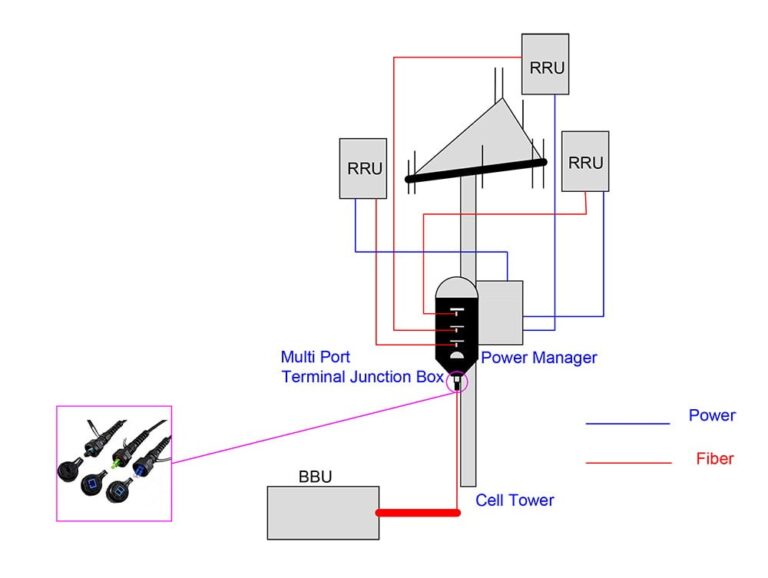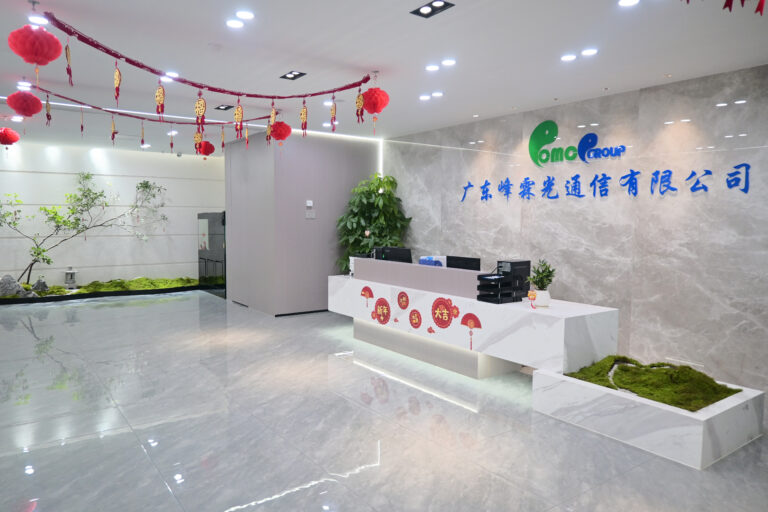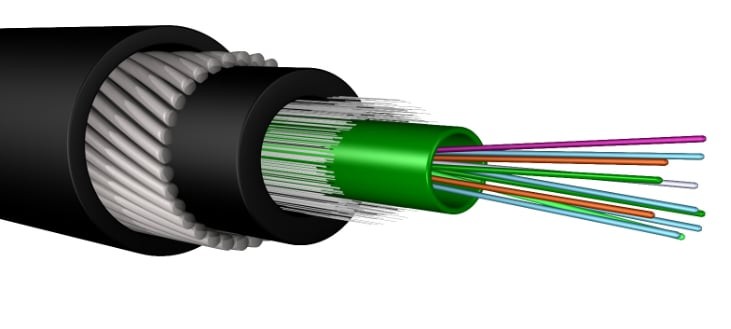In today’s ever-evolving telecommunications landscape, the demand for high-speed, reliable, and long-distance communication solutions is more critical than ever. One technology that has stood the test of time in meeting these demands is ADSS (Aerial Drop Self-Supporting) fiber. But what exactly is ADSS fiber, and why is it gaining increasing attention in industries like telecommunications, power utilities, and beyond? In this blog, we’ll take a deep dive into its key features, benefits, and applications, highlighting why it’s the solution of choice for outdoor communication networks.
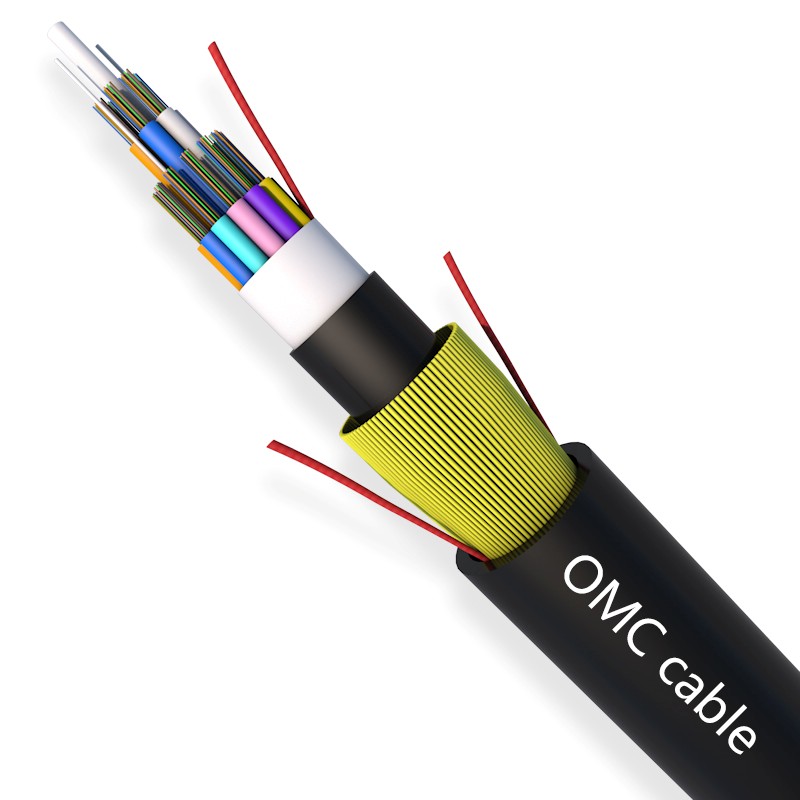
What is ADSS Fiber?
ADSS fiber is a type of optical fiber cable designed to be used for aerial (overhead) installations without the need for additional supporting structures. Unlike traditional fiber optic cables that require mechanical support, ADSS cables are self-supporting, thanks to their lightweight construction and specialized materials. These fibers are engineered to endure harsh weather conditions, including extreme temperatures, high winds, and even ice build-up, making them particularly useful for overhead installations on power lines or other infrastructure.
Key Advantages of ADSS Fiber
One of the primary reasons ADSS fiber has become so popular is due to its many advantages, which include:
Ease of Installation: Since ADSS fiber does not require any additional support structures, the installation process is simplified. This not only reduces material costs but also shortens the overall time required to deploy the network.
High Durability: ADSS fiber cables are built to withstand the harshest environmental conditions. Their robust design ensures that they can remain functional even in areas with extreme weather, including high winds, freezing temperatures, or heavy rainfall.
Cost Efficiency: While the initial installation of ADSS fiber might be slightly more expensive than traditional cables, its long-term reliability and lower maintenance costs make it a more cost-effective option in the long run.
Scalability: ADSS fiber can be easily expanded as the demand for bandwidth increases. Its design allows for flexible upgrades to accommodate future network expansion, without requiring significant additional infrastructure investment.
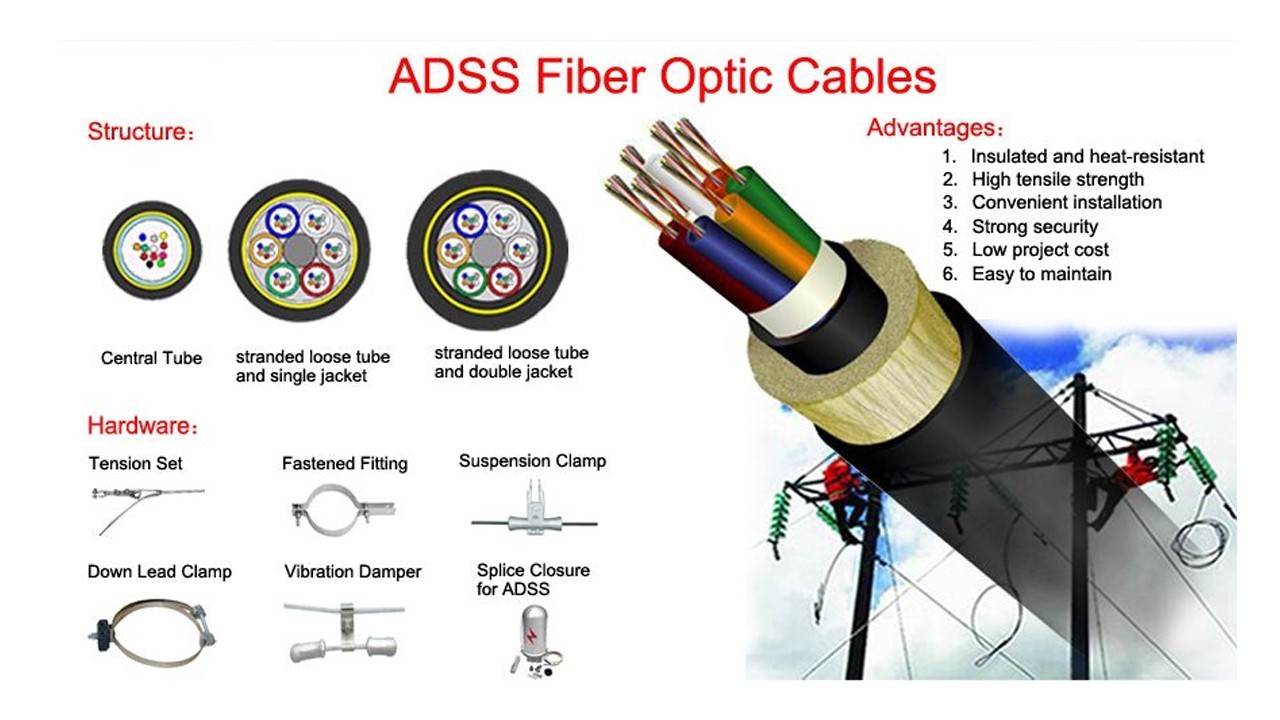
ADSS Fiber in Telecom Networks
The telecommunications industry is one of the largest adopters of ADSS fiber technology. ADSS cables allow for fast, reliable data transmission over long distances, making them ideal for rural and remote areas where traditional underground cabling might be expensive or impractical. Its self-supporting nature also means it can be installed quickly over large areas of land, reducing the overall cost and time of network expansion.
ADSS Fiber in Power Grid Communications
Apart from telecom networks, ADSS fiber plays a critical role in power grid communications. Power utility companies often face the challenge of ensuring continuous communication between substations, grid control centers, and other parts of the infrastructure. Since ADSS fiber is designed to be installed on power lines, it integrates seamlessly with existing electrical infrastructure, providing a cost-effective and reliable solution for utility communication networks.
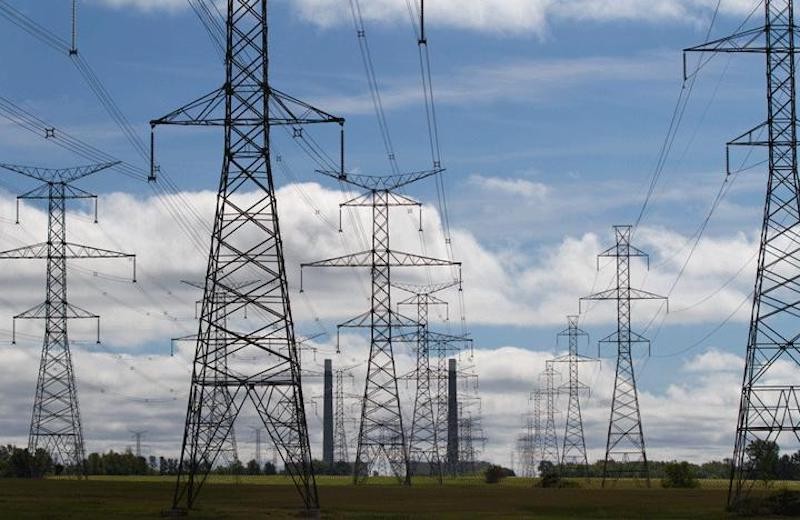
ADSS Fiber: A Sustainable Solution
As industries around the world seek to improve sustainability, ADSS fiber is emerging as an environmentally friendly choice. The reduced need for additional supporting structures minimizes the environmental footprint of installation, while its long lifespan ensures minimal waste and maintenance over time. Their durability and ability to operate in extreme conditions also reduce the need for frequent replacement, resulting in less disruption and lower overall impact on the environment.
Conclusion
ADSS fiber represents a revolutionary solution in the telecommunications and utility communications space. Its self-supporting nature, high durability, cost-effectiveness, and environmental sustainability make it a strong contender for a wide range of applications. Whether you want to improve telecommunications networks or streamline communications in the power grid, OMC fiber is a reliable and scalable option that can help meet the demands of modern communications systems. With its growing popularity and proven performance, it is undoubtedly a technology to watch in the coming years.


